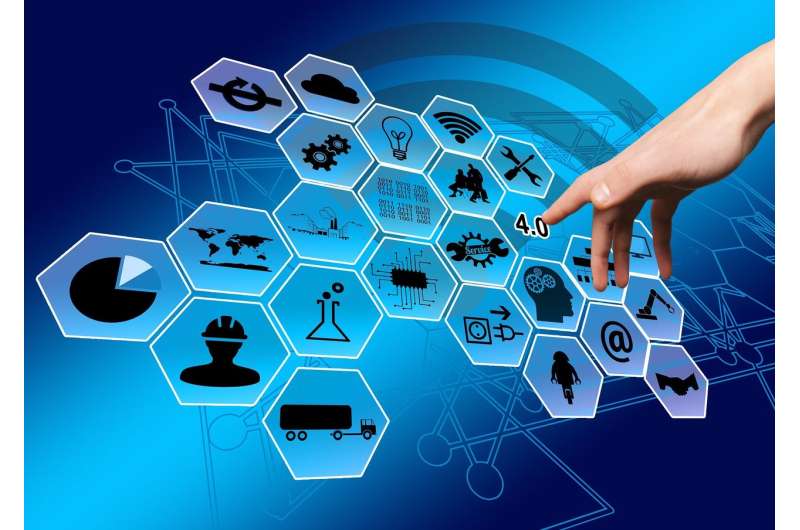Researchers at the University of Waterloo and the University of Toronto have created a new material that converts simple mechanical vibration into electricity to power sensors.

Piezoelectric materials like quartz and Rochelle salts were discovered in 1880 and have been used in various technologies. Still, they have limited capacity for generating electricity and often contain lead, which harms the environment and human health.
Researchers at the University of Waterloo and the University of Toronto have created a new material that converts the simple mechanical vibrations around us into electricity to power sensors in everything from pacemakers to spacecraft. The material will reduce the reliance on non-renewable power sources and have a significant social and economic impact.
The team utilizes the piezoelectric effect, where applying pressure, such as mechanical vibrations, to a suitable material generates an electrical current. By using the Jahn-Teller effect, a well-known chemical phenomenon in which a crystal field undergoes spontaneous geometrical distortion, the researchers grew a sizable single crystal of a molecular metal-halide compound named edabco copper chloride. The researchers explained that they employed the extremely piezoelectric substance to manufacture nanogenerators, which have an unparalleled power density and can capture minute mechanical vibrations in any dynamic setting, including human movement and automobiles. The process is free of lead and non-renewable energy sources.
With its compact size of only 2.5 square centimeters and thickness similar to a business card, the nanogenerator can be effortlessly incorporated into numerous scenarios. It holds promise for supplying power to sensors in a wide range of electronic devices, including the billions necessary for the Internet of Things, a rapidly growing network of interconnected objects with sensors and software that exchange data with other devices.
The researchers believe that in the future, an aircraft’s vibrations will provide power to its sensory monitoring systems and a person’s pacemaker without batteries will be powered by their heartbeat. The novel substance exhibited unparalleled performance, signifying a new direction for this study area.
Reference : Sasa Wang et al, Large piezoelectric response in a Jahn-Teller distorted molecular metal halide, Nature Communications (2023). DOI: 10.1038/s41467-023-37471-3





